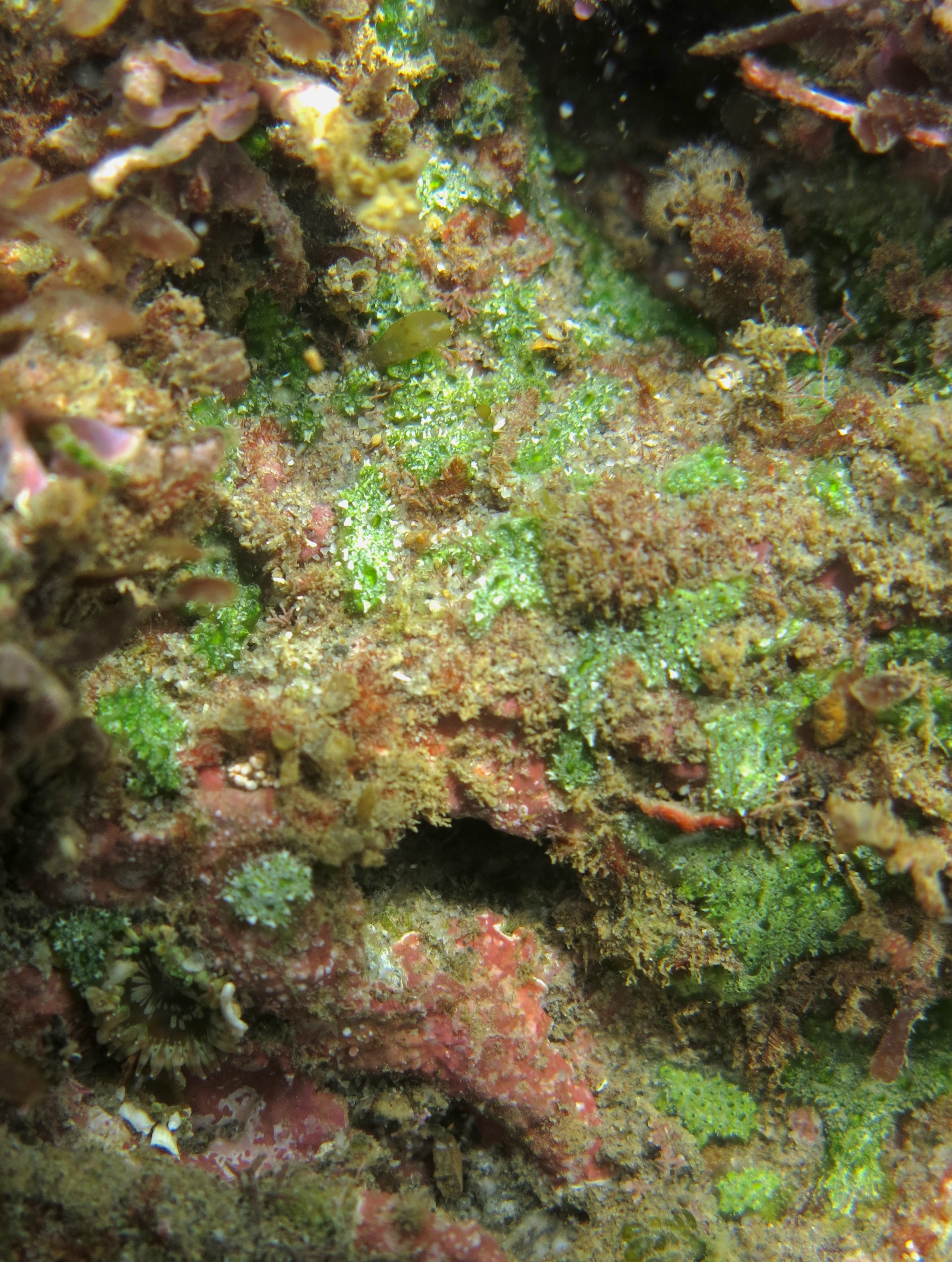Latitudinal Difference in the
Species Richness of Photosymbiotic Ascidians
Ascidians harboring cyanobacterial symbionts are
exclusively found in tropical and subtropical waters because of the
vulnerability of the photosymbionts to low temperatures. The
distribution ranges of each species may expand toward higher latitude
due to global warming, and thus, the photosymbiotic ascidian fauna can
be an indicator of marine environment. To record the current status, we
surveyed the fauna along the east coast of Taiwan. The species richness
and composition were different in five areas along the coast; five or
more species were recorded from the middle-east, southeast, and south
coasts, whereas only one species was found from the northeast coast,
and no species was recorded on the north coast. This gap in the species
richness is probably related to the Kuroshio Current.

Lissoclinum
punctatum. The first record from Taiwan
Read the full article, published by Zoological
Studies, here
Follow Zoological Studies on
Twitter @ZooStudies
and Facebook
